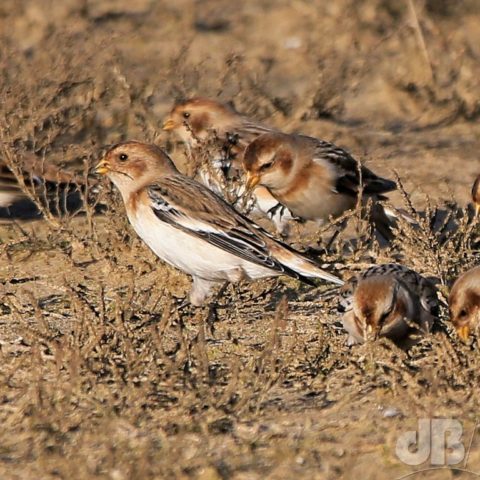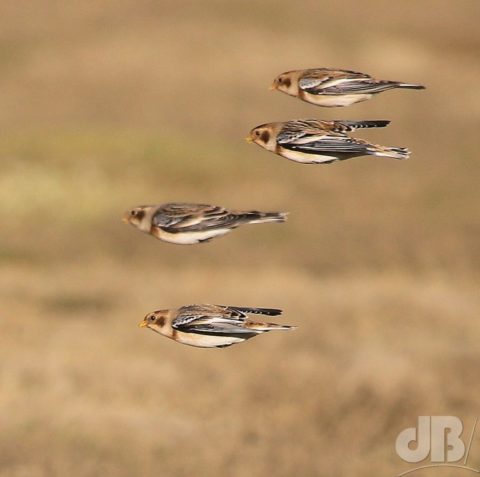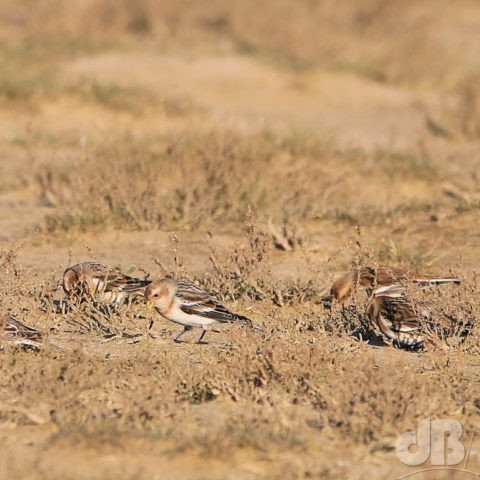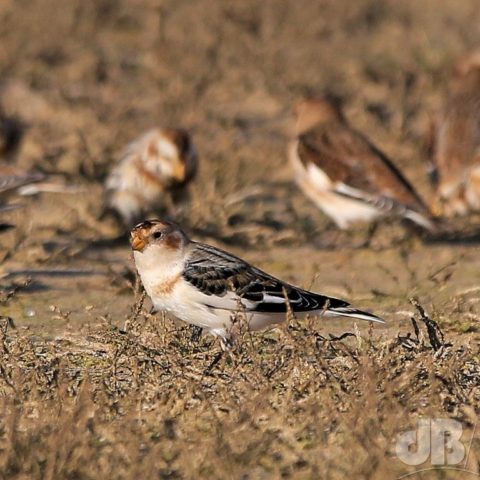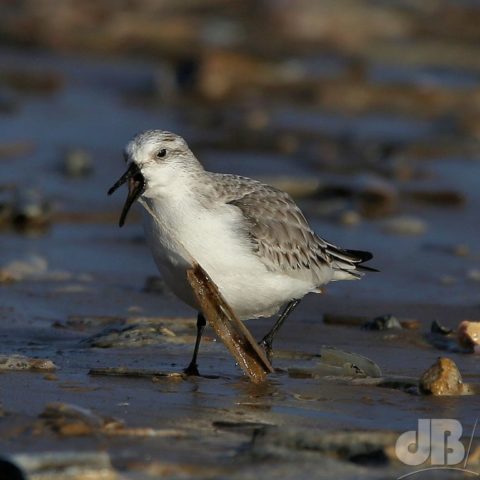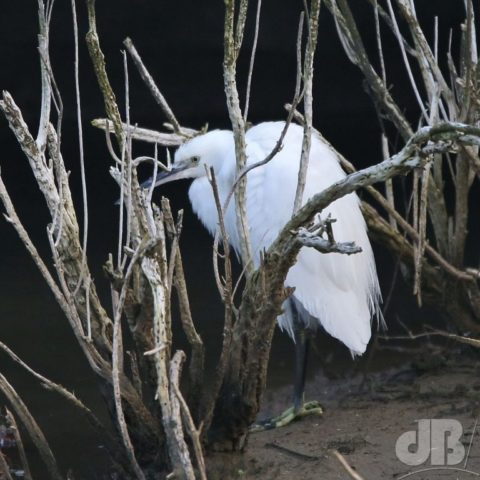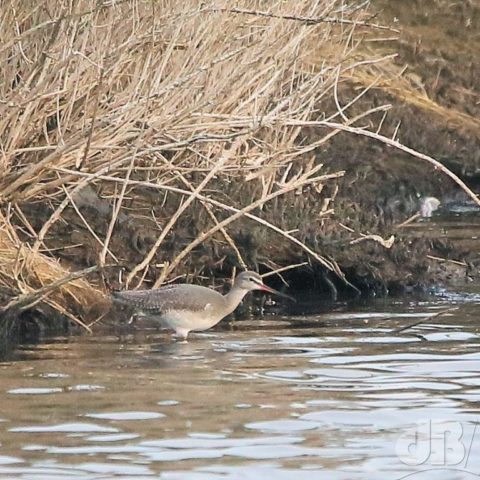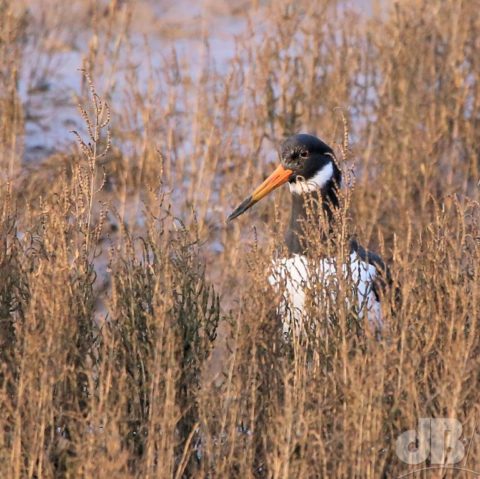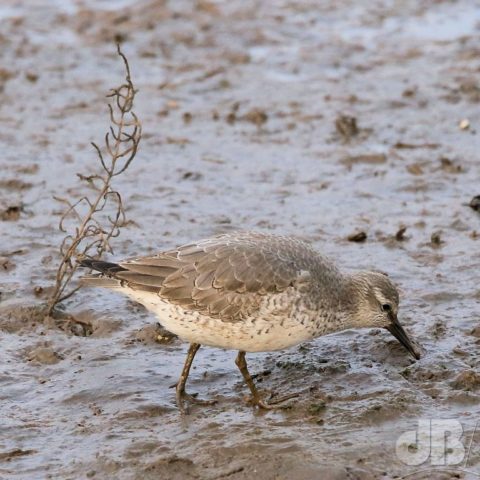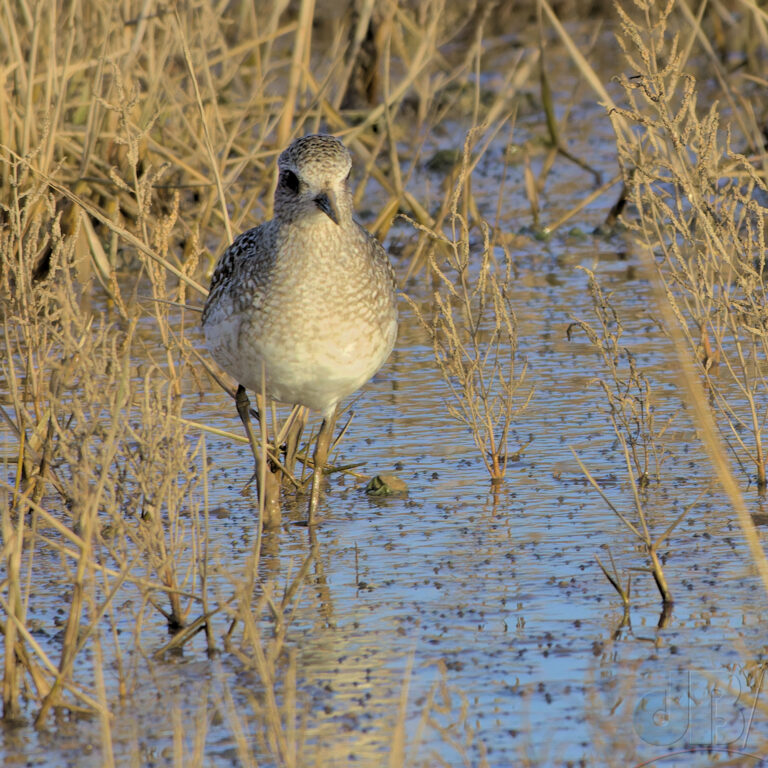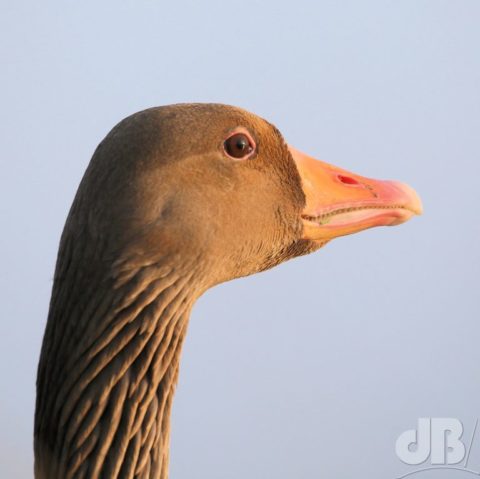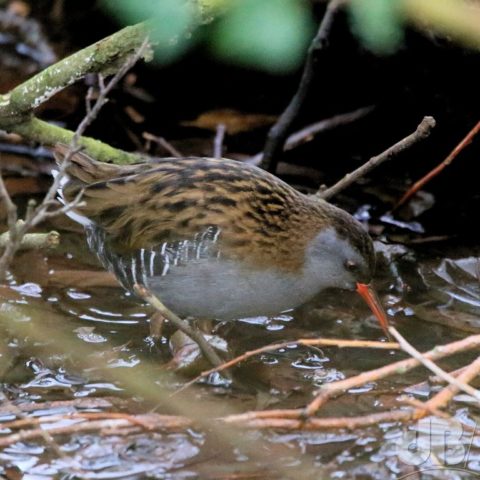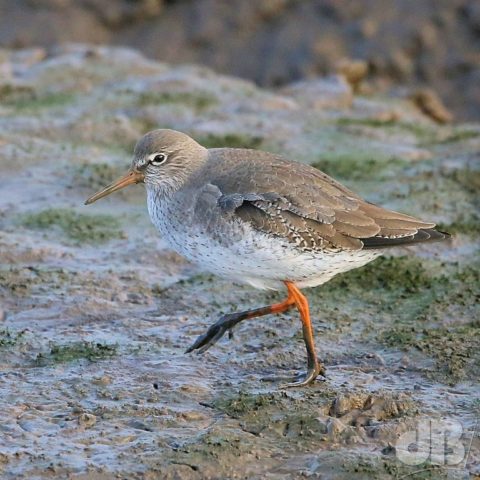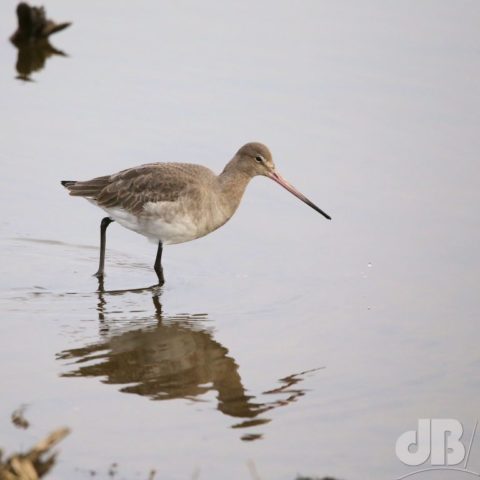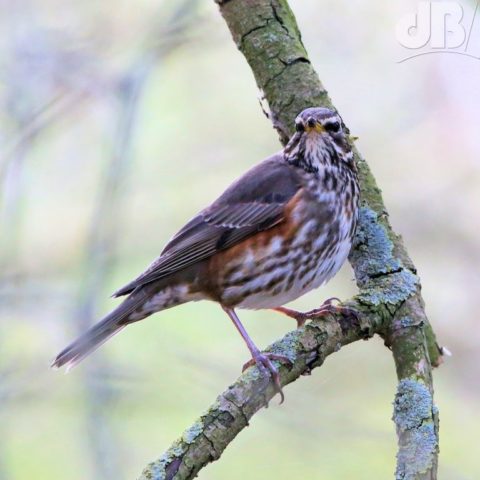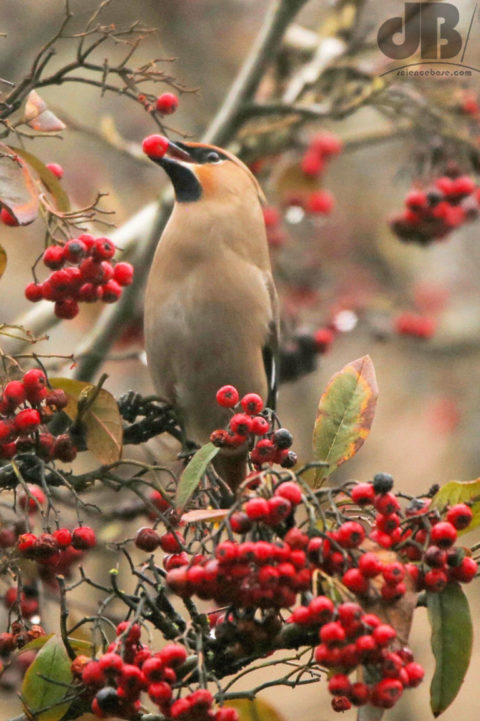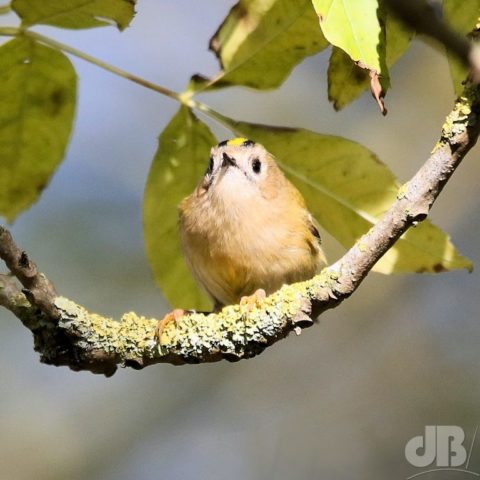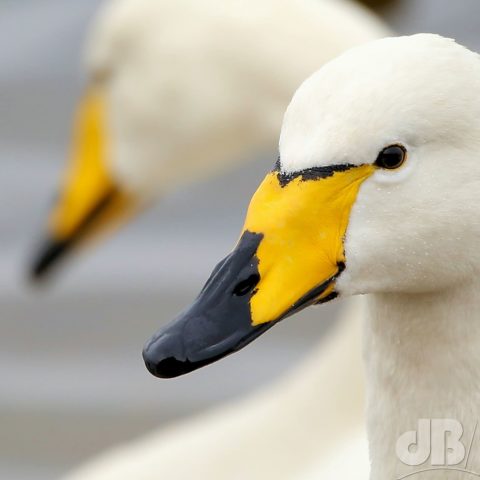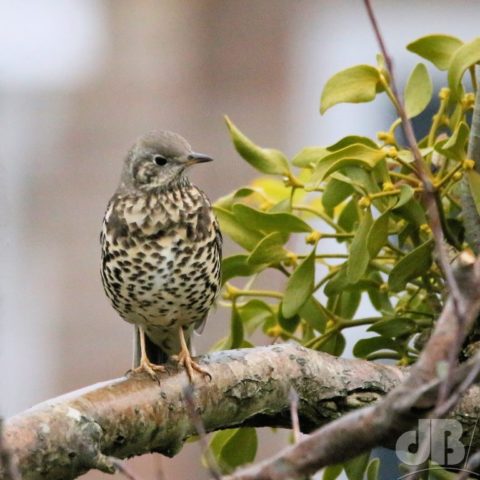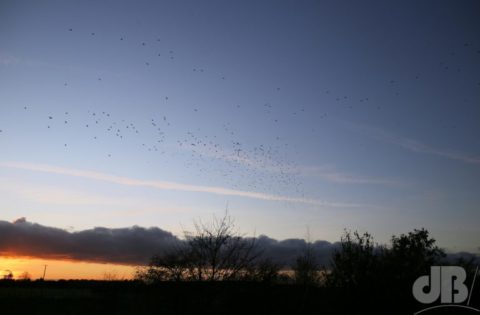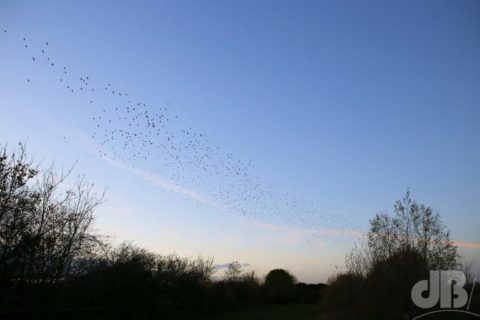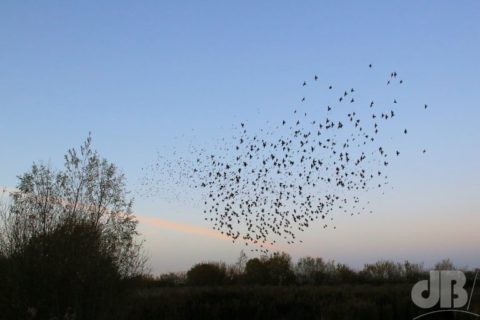David Bradley reporting from the Royal Society, January 2004
The list of emergent viruses continues to grow. In the early 1990s, there was HIV, ebola, lassa, and others, almost all having jumped from their natural host species to humans. More recently, hepatitis C, Sin Nombre, West Nile, and of course SARS emerged. The common factor, said Dr Eddie Holmes of the University of Oxford, is that they use RNA rather than DNA to carry their genetic code.
Holmes believes that the genetics of our immune systems and viral genetics should be an equally important research focus. To infect a new species, an emerging virus has to overcome the new host’s immune system and to replicate in its cells, the success of which depends on both viral and host genetics and other factors.
But, Holmes asked, why do such pathogens emerge and what controls the emergence? Ecological change, as emphasized in Tony McMichael’s talk, is the governing factor – change in human proximity and change in host-species population density. The key to understanding lies in the fact that RNA viruses mutate a million times more rapidly than organisms with DNA. This endows them with great adaptability. On the other hand, a high mutation rate constrains viral evolution by capping the viral genome’s size, which limits adaptability. Higher mutation rates, after all, mean more chance of error in the viral genes. This “error-threshold”, explained Holmes, means that if a virus has to evolve a lot to jump between species then it is more likely to fail. We eat a multitude of plant viruses every day but no one has yet fallen prey to turnip mosaic virus.
The coronaviruses such as SARS, are different. They have a much bigger genome than other RNA viruses, which means that SARS and its relatives should evolve more slowly but their larger genome gives them greater adaptability. A better understanding of the constraints to RNA virus evolution will allow us to make better predictions about the emergence of new viruses and help us find improved therapeutic procedures. Rather than thinking about what RNA viruses can do, we should concentrate on their limitations.
Read on… Influenza and emerging viruses
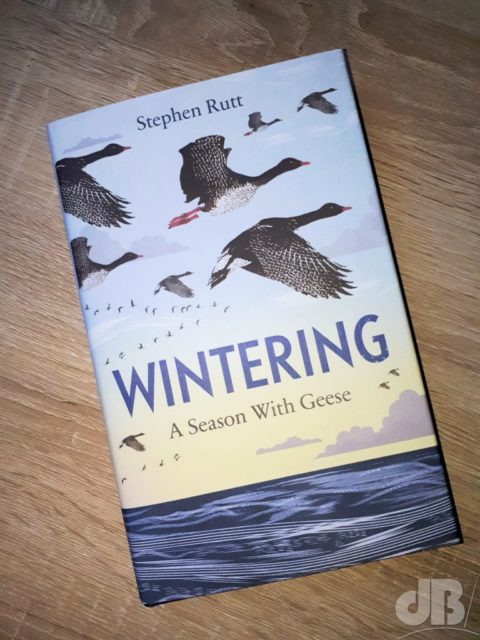
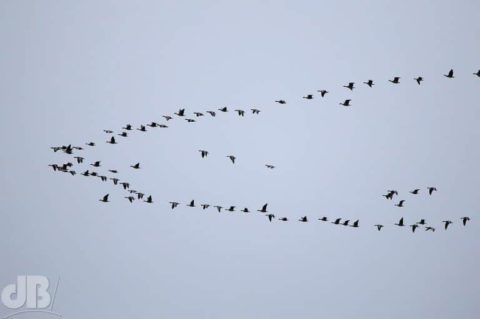
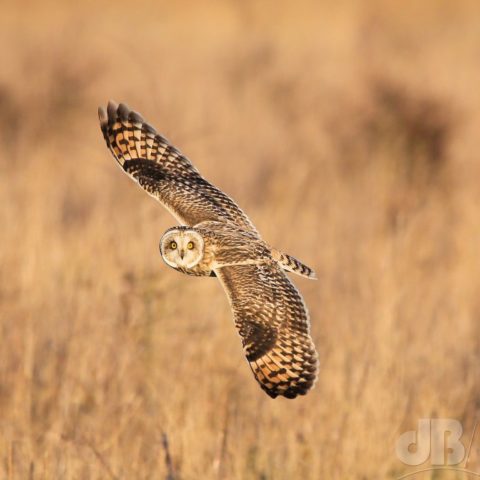
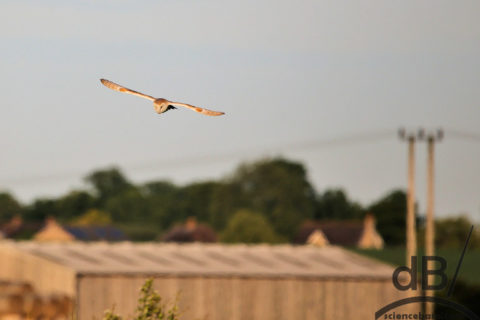
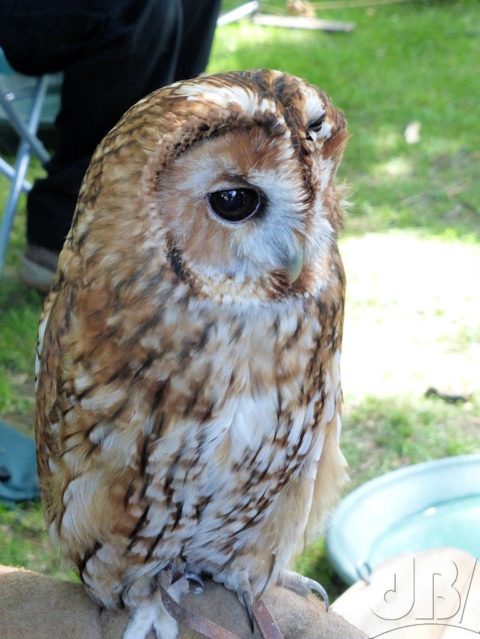

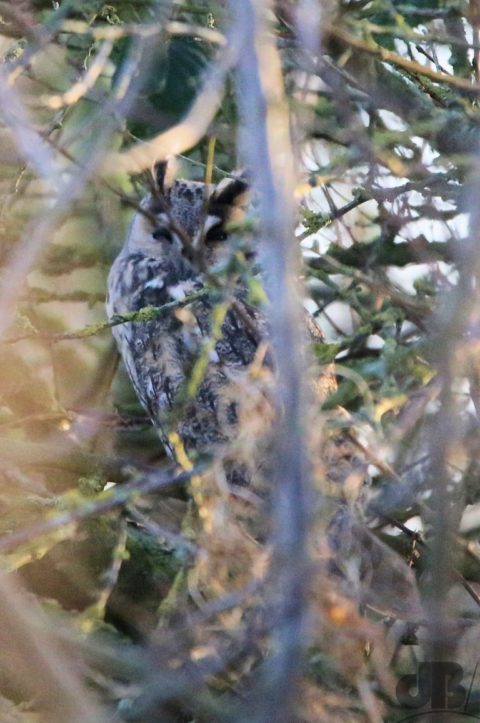
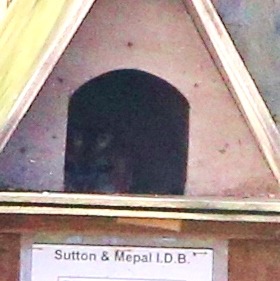

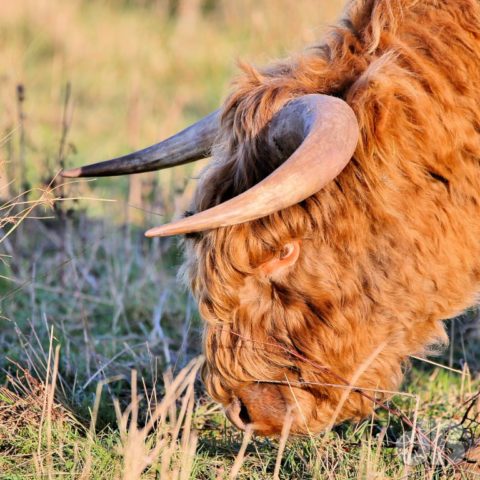
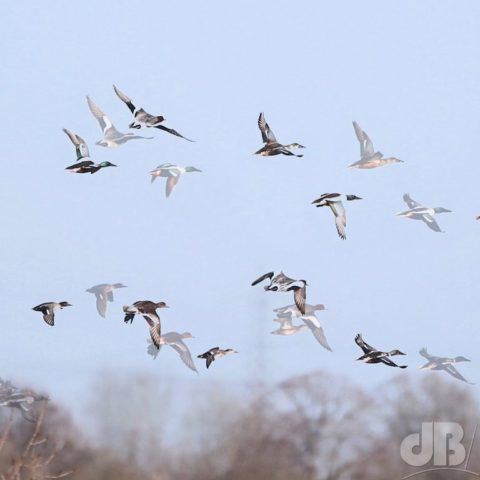
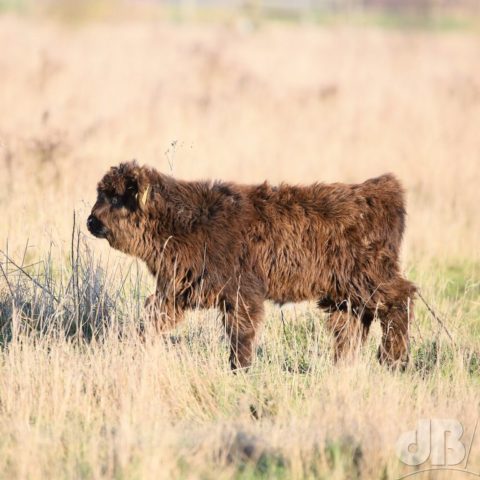
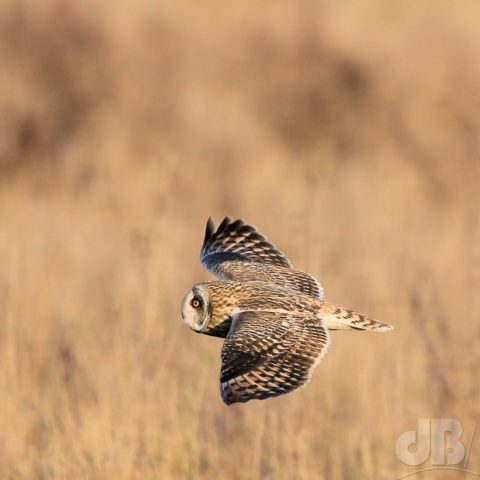

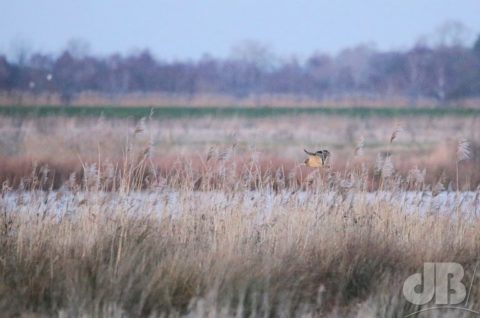

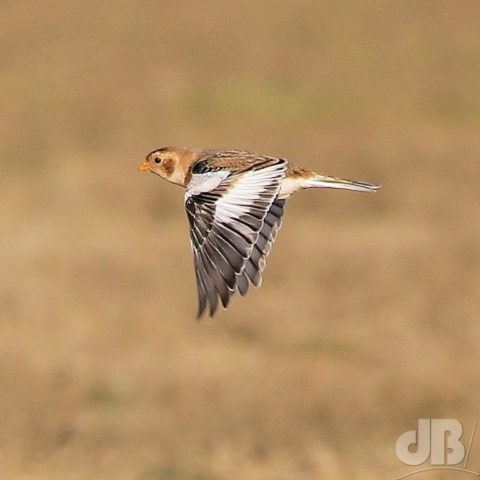 Second trip of the year to the North Norfolk coast. A much brisker, sunnier day than our New Year’s Day trip to RSPB Titchwell. Hoped to see Shorelarks, but apparently there are only five around the beach at Holkham at the moment and even the hardiest of birders who spent all day waiting yesterday saw none. We did, however, see 60 or so Snow Buntings, Plectrophenax nivalis.
Second trip of the year to the North Norfolk coast. A much brisker, sunnier day than our New Year’s Day trip to RSPB Titchwell. Hoped to see Shorelarks, but apparently there are only five around the beach at Holkham at the moment and even the hardiest of birders who spent all day waiting yesterday saw none. We did, however, see 60 or so Snow Buntings, Plectrophenax nivalis.
